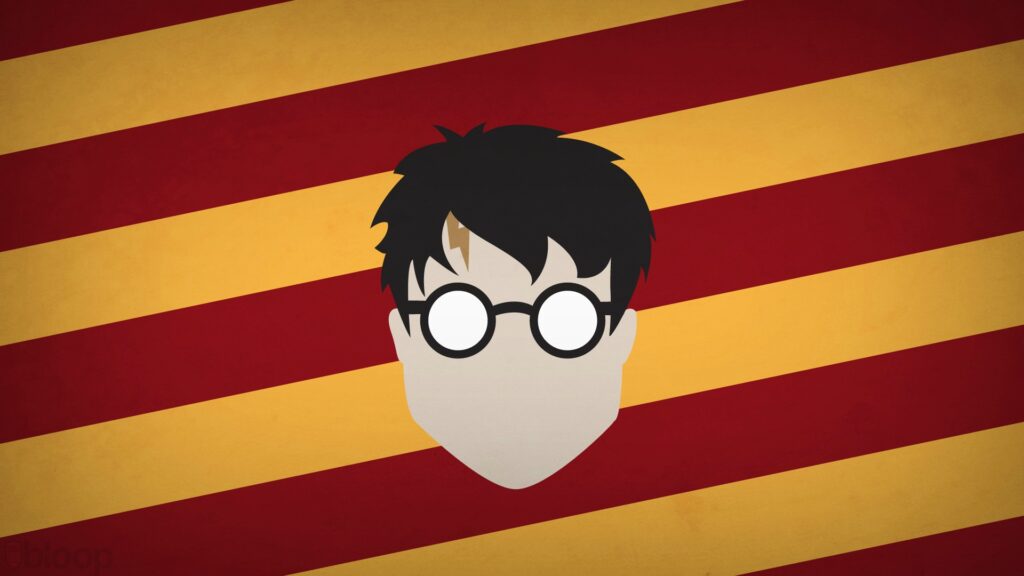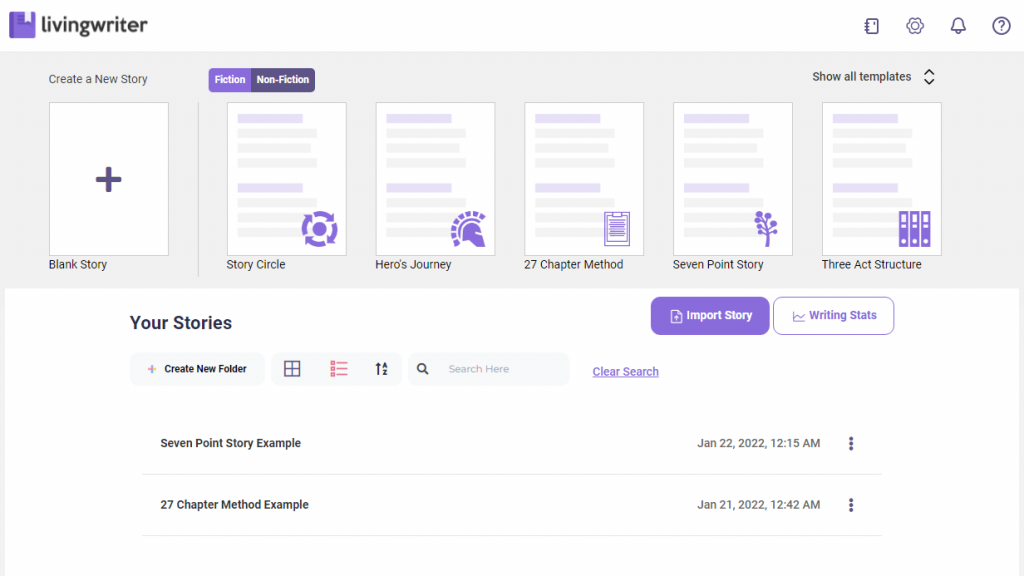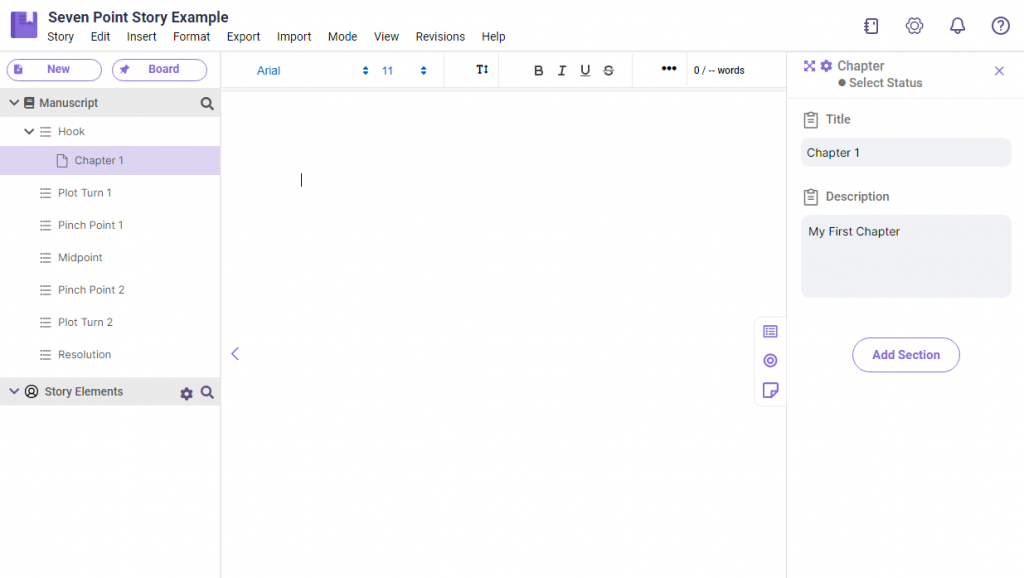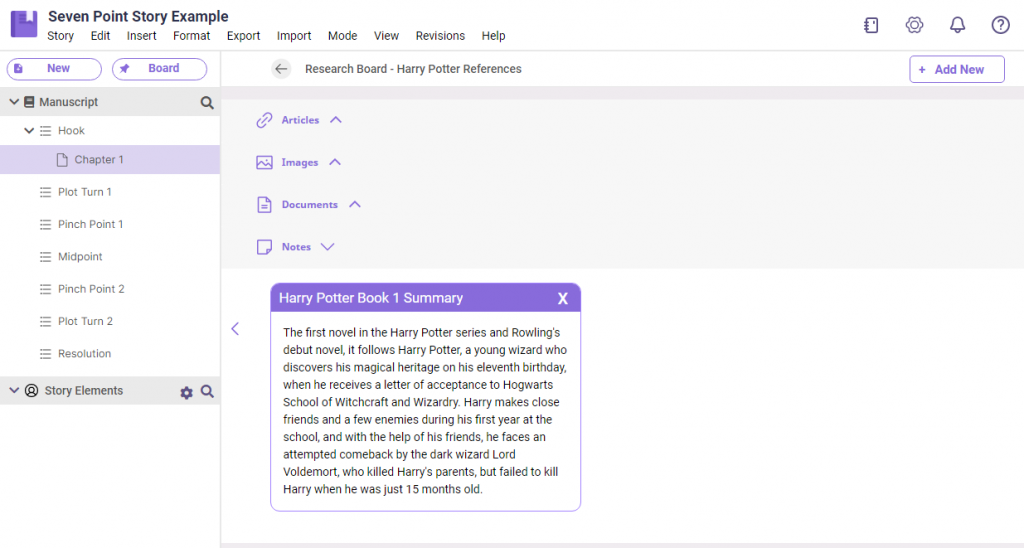Dan Wells Seven Point Story Structure

What is the Seven Point Story Structure?

Dan Wells popularized the Seven Point Story Structure as a way to guide authors when planning and outlining their novel. The Seven Point Story Structure has a similar basic structure as the 27 Chapter Method, which breaks down a novel into three main parts: the start, middle, and end. However, this method of story structure is more on the overview of a novel plot, rather than going too specific on each plot point.
The Seven Point Story Structure is popular because this method creates some sort of symmetry between the first half and second half of the novel, wherein the midpoint of the novel is between two major pressure points in the story. To help illustrate this point, we’ll introduce you to the seven points in the structure.
The Seven Points Explained
- Hook — This is your character’s starting point. This is the opposite of the Resolution. The hook serves as the introduction of the story, as well as the world that your character stays in.
- Plot turn 1 — This part contains the event(s) that sets your story in motion and moves you from the beginning to the Midpoint. You introduce the conflict and your character’s world changes. This is basically when you character sets out on his/her journey.
- Pinch point 1 — This is where you apply pressure. This is often used to introduce the antagonist.
- Midpoint — Your character moves from reaction to action. He/she determines he/she must do something to stop the antagonist.
- Pinch point 2 — This is where you apply more pressure. Your story takes the ultimate dive. Your character is at his/her darkest moment. He/she has lost everything.
- You can see how the plot thickens as the introduction of the conflict/antagonist, the internal change inside the character, and another pressure point come consecutively, heightening the stakes.
- Plot turn 2 — Here, you move the story from Midpoint to the end, the Resolution. Your character gets or realizes he/she has the final piece of information to achieve what he/she set out to do in the Midpoint.
- Resolution — This is the climax of your story. Everything in the story leads to this moment. Here, your character achieves (or fails to achieve) what he/she set out to do.
Aside from the aesthetic appeal of a “symmetrical” plot, the bird’s eye view that the Seven Point Story Structure provides to the author allows them to develop any rough idea into an interesting plot.
Harry Potter and the Sorcerer’s Stone but in Seven Points
To show the Seven Point Story Structure in action, we can break down a famous novel, J.K. Rowling’s Harry Potter and the Sorcerer’s Stone and see how she might have implemented the method.
In the first book of Harry Potter, we have the Hook: A baby is left defenseless at a doorstep on a cold winter night by Dumbledore, a strange man with strange powers. Harry Potter was brought to live with his aunt and her family during his early childhood.
After introducing Harry and his current circumstances, we get to our first Plot Turn (1): A letter from Hogwarts arrives and we get to see that Harry Potter has a chance at making his life more exciting. He decides to enter this fantasy world through Platform 9 and 3/4 and everything is new and exciting.
It was obviously not all joy and glee when Harry went into Hogwarts. The pressure gets applied with the first Pinch Point (1) as an antagonist appears. Harry Potter’s scar hurts when he looks at Professor Snape, who is sitting next to another Professor, giving a hint that Professor Snape might be related to Voldemort, the one who gave him the scar.
Harry Potter goes from reactive to proactive in the Mid-Point: Harry figures out that the secret package Hagrid took from the bank is the Sorcerer’s Stone. The Stone is what Voldemort wants, and Harry is determined to stop him from getting it.
The antagonistic forces rear their heads again in the second Pinch Point (2): Someone is cursing Harry off his broom while he’s playing Quidditch. We think it’s Snape doing it, but Professor Quirrell is there as well.
The “We’re all going to die”, “all hope is lost” moment comes with the second Plot Turn (2): Harry learns that Hagrid has told someone how to get past Fluffy, so the Stone is unsafe. Harry must act.
Harry Potter realizes he has the final pieces of information he needs to save the day and set out to do what he wanted to do in the Midpoint. The story leads into the Resolution: Harry fights Quirrell and Voldemort at the mirror. He wins the day. The rest of the story is spent tying up any loose ends and promising a better tomorrow with Voldemort gone. For the time being.
How to Use LivingWriter’s Seven Point Story Template
Now that you know the Seven Point Story Structure, you might be eager to get your hands dirty and get to work with some ideas that you might have thought of. LivingWriter, the world’s best writing companion, knows exactly that feeling, and so we have furnished a Seven Point Story template that you can use to get you started.
1. When you’re in the main page of LivingWriter, go to the Templates section above your stories and click on the Seven Point Story template. This will pop a window, where it will ask you for your story’s title, as well as other optional details.

2. After filling up the basic details, you will be led into the main editing page of LivingWriter, with three main sections: the left sidebar containing the outline and other story elements, the middle section where you will be writing the story, and the right sidebar which contains more details about each outline section that you are working on.

You’ll see that the left sidebar is pre-filled with the seven points that we just discussed above. As you go through each point, you can also see the details of each point in the right sidebar, which are also pre-filled with a short description and an accompanying example. You can edit the description of each plot point in the right sidebar, or in a more user-friendly interface that we’ll show you in the next step.
3. Click on the Board button right above the Manuscript section in the left sidebar, then click on Outline and Chapters. The center part will then change into a blank area filled with boxes which represent each plot point. You can write your plot overview much easier in this view, as you can easily see all plot points.

After writing the rough outline of the story, you can then click on the upper-right corner of each box to expand into chapters, where you can then go into the nitty-gritty of your story and get deeper into detail.
4. During the outlining phase, you might go into intense research, as you continue to develop your basic ideas into an interesting plot. With all the materials that you will undoubtedly collect, LivingWriter can also keep track of those for you. Click on the Board button again, and now go to Research. This will open the Research Board, where you can add a Research Section.

Each Research Section can hold four types of content: article links, image files, document files, and notes. Now, you don’t have to worry about losing that important link about this obscure ritual that you need to know or having to go through all your Notepad files to see your previous outlines and notes.
Conclusion
The Seven Point Story Structure has helped many writers get a kickstart on their writing journey. The appeal of being able to polish any rough idea into a workable plot through the Seven Point Story Structure has worked well for so many authors, so now’s as good a time as any to start writing using this structure.
Of course, if you want to have the most convenient time while writing that banger novel, now is also as good a time as any to use LivingWriter, the best writing companion for writers!